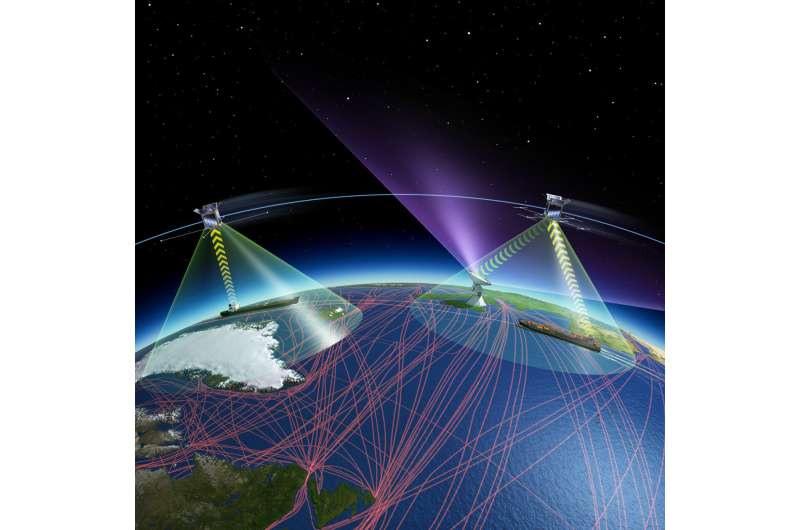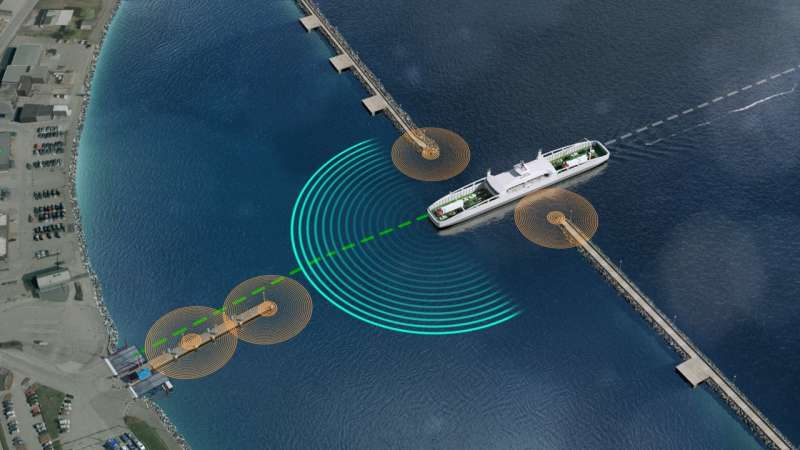Space technology to drive autonomous ships

ESA Director General Jan Wörner signed a Memorandum of Intent with Rolls-Royce today, as the two entities agree to investigate how space technology can be used to develop autonomous and remote-controlled ships.
The partners will pool their expertise to analyse and implement space-enabled services for autonomous and remote-controlled shipping, which reduces the opportunity for human error and allows crews to concentrate on more valuable tasks.
The plan is to study the applications of various space assets to autonomous shipping, such as satellite-based positioning, better situational awareness using Earth observation data, and satcom services for improved onboard connectivity.
The collaboration with the Rolls-Royce Ship Intelligence division aims to develop and validate new ship-to-shore integrated land-based and satellite-based systems solutions, which ESA has been working on for some time under its Satellite for 5G (S45G) initiative. S45G aims at developing and demonstrating integrated satellite- and terrestrial-based 5G services, across multiple vertical markets and various use cases.
The 5G next generation of communication services will rely on this harmonious integration of networks, driving a convergence of fixed and mobile services, including satcom services. ESA is supporting the technological and supply chain evolutions that are required to weave together terrestrial and space services, with a focus on the transport sector (maritime, aviation and land base), and on other vertical markets like public safety and media.

This unified space-and-ground service is what will enable the operation of commercial autonomous shipping, as well as drive innovation in future commercial marine vessels, cargo logistics and smart ports.
The two partners agreed to cooperate to test, validate and innovate on satcom connectivity technologies and applications between vessel and shore, as well as support the testing and modelling of the safety-critical software that would make self-operated ships viable.
Future Rolls-Royce navigation and telecommunication equipment will be able to be tested at ESA's technical heart in the Netherlands, capitalising on the centre's space-grade facilities.
Jan Wörner said: "Space technologies provide tangible benefits for the citizens of Europe. Partnerships, such as this one with Rolls-Royce, take solutions originally developed for the unique challenges of the space environment and bring them down to Earth.
"Space 4.0 and ESA's Satellite for 5G initiative enable, support and foster developments, validations and trials of products and applications in diverse areas of the maritime industry, and this partnership between ESA and Rolls-Royce will enable satellites to serve ship intelligence, marine operations, navigation, cargo logistics, maritime safety, healthcare, passenger and crew communications."
Provided by European Space Agency




















